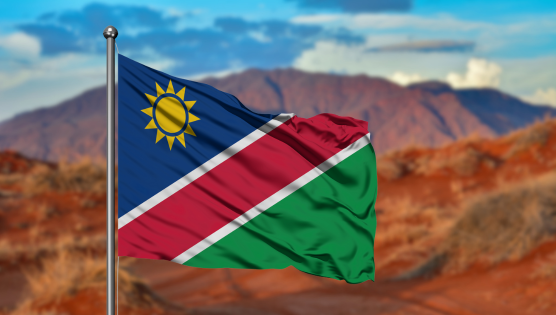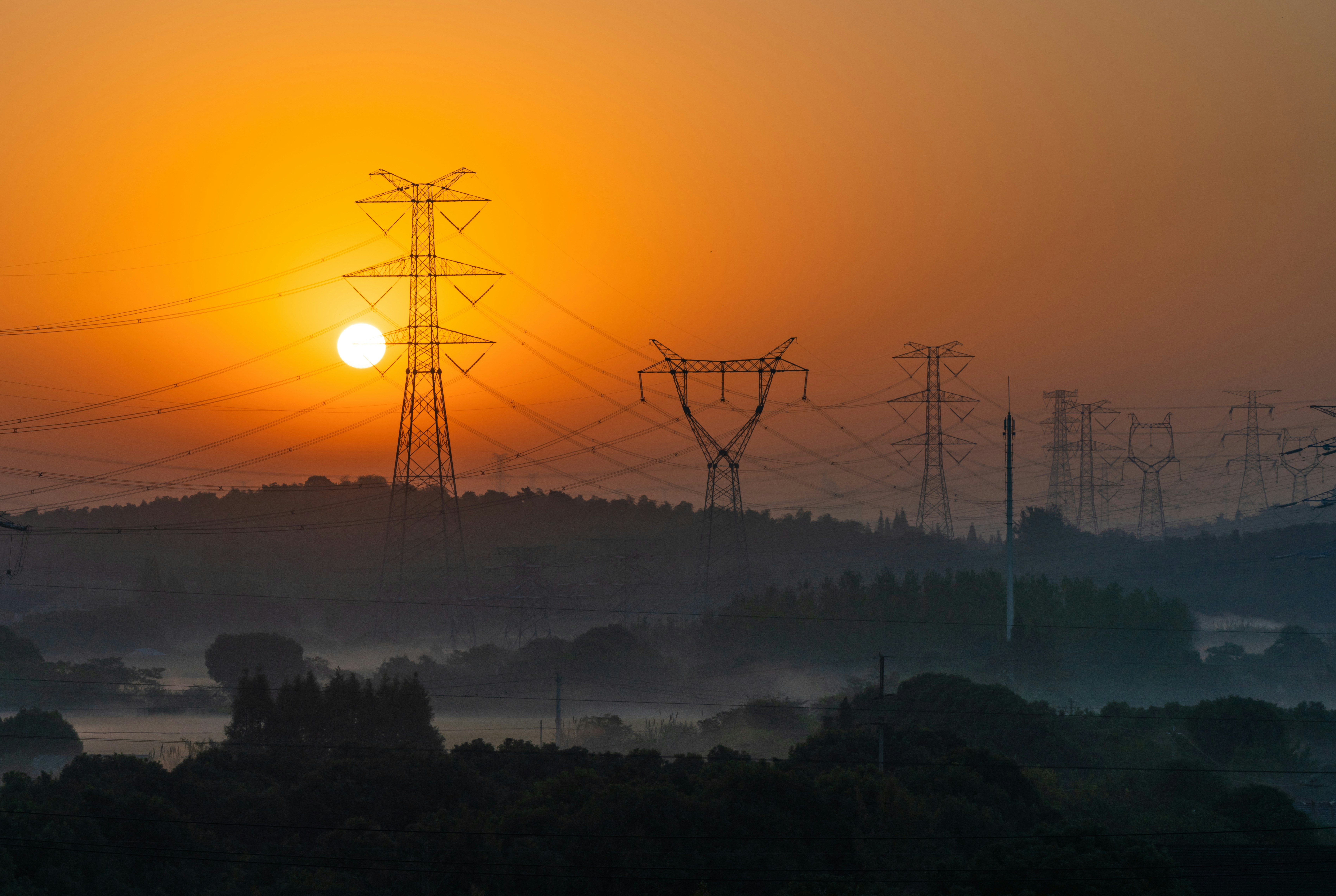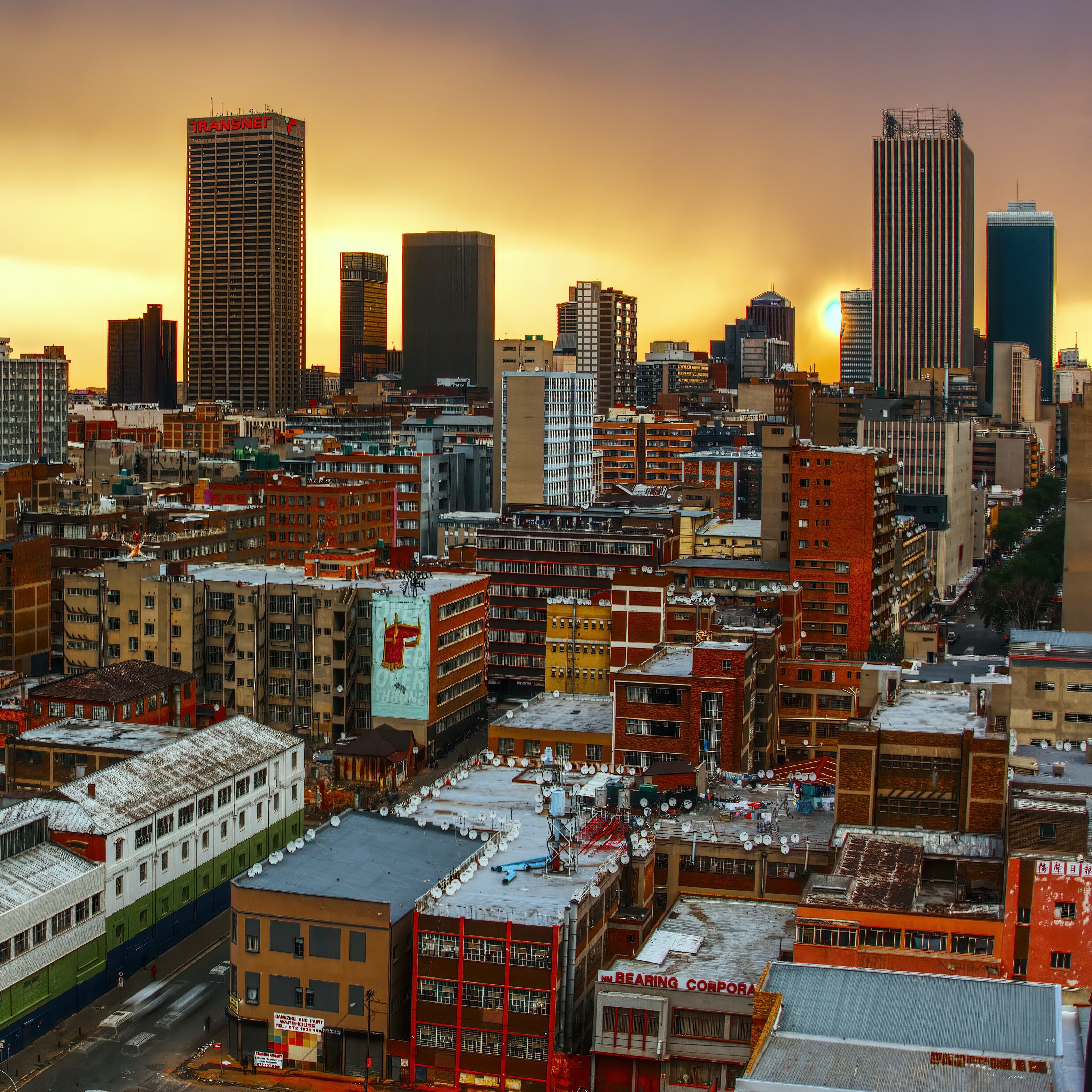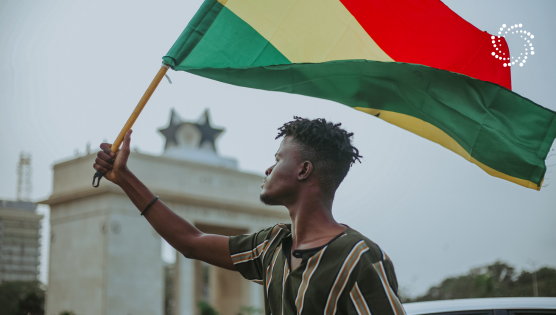
Distributed Energy Resources regulation market highlight: Namibia
CrossBoundary Energy’s (CBE) white paper on Distributed Energy Resources (DERs) Regulatory Building Blocks examines the regulatory treatment of DERs in Africa and categorizes markets based on their level of DER integration into previously centralized energy systems.
This is the fourth in a series of blogs that highlight features of CBE’s DER regulatory framework in different countries according to the market stages we set out in the white paper (centralized control, cautious co-existence, directed benefits, and early market management). Read the first blog on the Democratic Republic of Congo, the second blog on Zimbabwe, and the third blog on Ghana.
DER regulations country profile: Namibia
Background
- Namibia possesses world-class solar and wind resources. According to the International Energy Agency (IEA), solar photovoltaic (PV) systems in Namibia can generate significantly more electricity than similar systems in central Europe.
- Despite this, Namibia is among Africa’s top electricity importers. In 2021 alone, Namibia imported more than 2,800 GWh of electricity (62% of total power demand) from the Southern African Power Pool (SAPP). This is largely due to limited domestic generation capacity, with only around 40% of demand being met locally.
- Yet Namibia has laid out a bold vision to become a leading green industrial hub in Africa through developing renewable energy to drive industrial growth and support global decarbonization efforts.
NamPower, Namibia’s national electricity utility, faces significant exposure to external pricing dynamics due to heavy reliance on electricity imports. Its bulk electricity costs are shaped by Eskom’s tariffs (South Africa’s power utility) and the volatile market rates within the SAPP. These price swings create unpredictable electricity tariffs and potential supply disruptions for Namibia’s industries, ultimately undermining long-term energy planning and investor confidence.
To address these challenges, Namibia is working to reduce its reliance on electricity imports. The government has prioritized distributed generation for energy independence since 2016, leading to steady growth in installations. By mid-2024, distributed generation capacity reached an estimated 96 MW—accounting for approximately 15% of national electricity demand.
DERs support multiple objectives for Namibia: reducing energy imports, improving energy reliability, and generating additional revenue for NamPower through wheeling and other grid services.
Indicators of the right building blocks for a functioning DER sector in Namibia
- Supportive primary legislation in place – The Electricity Act (2007) governs electricity generation, transmission, and distribution activities in Namibia. The Act was amended to include the Net Metering Rules (2016), which set out the minimum requirements for connecting distributed generation to the grid. This includes specifications on eligible technologies and capacity limits, among others.
- Fair eligibility criteria – Established in 2019, Namibia’s Modified Single Buyer Model (MSB) allows for increased private sector participation in Namibia’s electricity sector by enabling defined consumers to contract with private generators to provide a portion of their energy needs. “Contestable customers” connected to the high-voltage transmission network can purchase up to 30% of their energy from eligible generators. Similarly, distribution-connected customers (operating at low to medium voltages) with a capacity of 1 MW or more can also participate under the same conditions. Off-grid customers are not subjected to the Modified Single Buyer framework, allowing IPPs to provide 100% of their power.
- Contractual flexibility – DER providers have full flexibility to contract with offtakers through a Power Purchase Agreement (PPA) or a lease.
- Local and regional wheeling provisions – Namibia’s wheeling framework (2019) was established to support the operationalization of the MSB market in Namibia. Together, the MSB and wheeling framework aim to enable bilateral transactions across Namibia’s integrated electricity system, allowing for the wheeling of power both locally and within the SAPP.
Namibia has established a solid regulatory foundation for DERs: a clear legal framework, reasonable eligibility criteria, wheeling provisions that promote competition and customer choice, and flexible contracting to structure bankable projects. Together, these elements signal a favourable environment for DER deployment and investment in Namibia.
Namibia’s DER regulation uncertainties
- Eligibility cap – Under the MSB model, grid-connected contestable customers can only source up to 30% of their energy from eligible DER generators. As highlighted in CBE’s article examining eligibility criteria across Africa, introducing a cap on the share of energy supplied by DERs at the outset can promote deliberate integration and help prevent uncontrolled growth, facilitating a smoother transition to a decentralized system. While this partial access is a positive step toward private sector involvement, CBE’s white paper recommends expanding eligibility criteria. This would better support DER market development and ensure the full benefits of DERs are realized.
- Licensing timelines – The Electricity Control Board, as the energy regulator, has established a structured process with defined application forms and evaluation procedures. However, the legislation and regulations do not specify or quantify the expected timeline for obtaining a generation licence, which creates uncertainty for project planning and investment decisions. While Namibia has distributed generation regulations in place, inconsistent application across regional and local distributors—some of which lack full implementation guidelines—may have an impact on licensing timelines depending on project location.
Summary
Following our analysis of the existing regulatory frameworks, we suggest that Namibia is currently at Stage 1, “cautious co-existence” market, as set out in our white paper. This classification reflects regulatory features such as uncertain licensing timelines and restrictive eligibility criteria.
However, the introduction of Namibia’s Wheeling Framework is a positive signal of progress toward Stage 2: a “directed benefits” market characterised by greater regulatory predictability and a more level playing field for DER investment. As witnessed in Zimbabwe, countries that face a significant supply deficit often recognise that DERs offer the fastest and most cost-effective way to rapidly increase generation capacity for the benefit of their large power users.
To progress further toward Stage 2 and further attract the rapid deployment of DERs, Namibia could consider broadening or removing eligibility criteria and introducing statutory timelines for more streamlined licensing processes. Such reforms would enhance predictability, reduce investor risk, and signal a stronger commitment to distributed energy market development.



